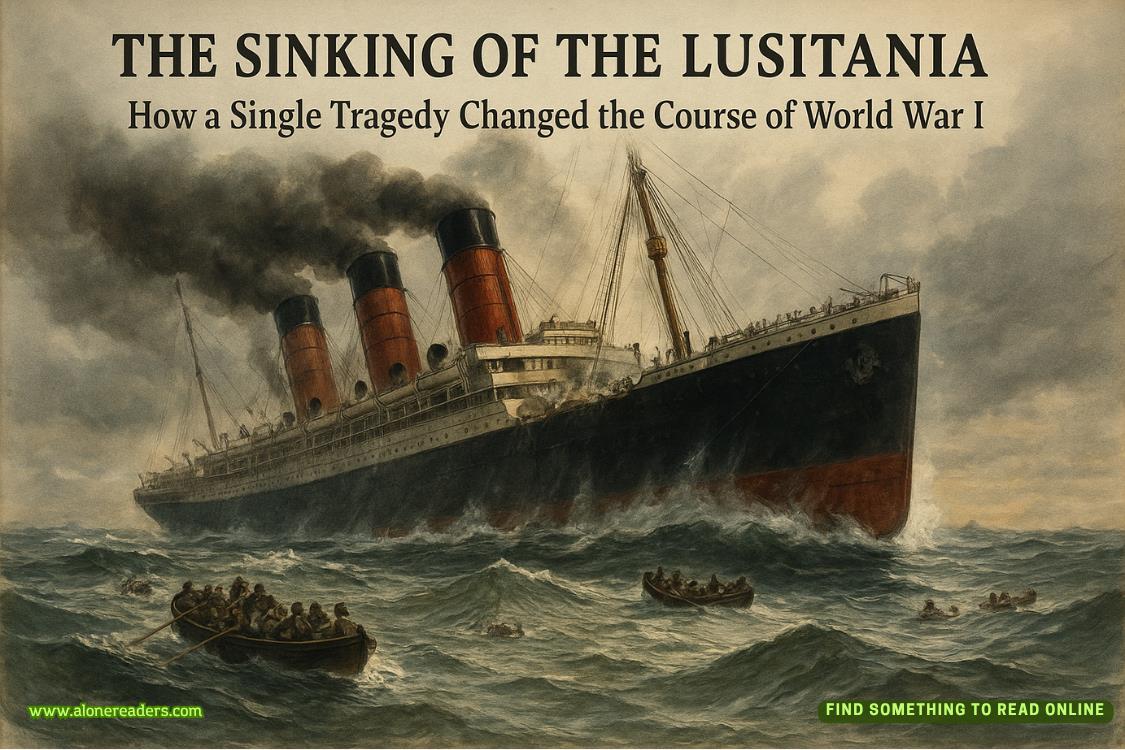Page 37 of Gryphon
29
“For short-throw, compact linear actuators, there exist wide variations in power.” Miranda pulled up the images of three she’d found on a common shopping website and projected them onto the conference room’s main screen. It was good, because it focused everyone’s attention forward rather than toward her. She’d been careful to sit at the far end of the table so that all she saw was the back of anyone’s head in the dimly lit room.
Except Meg. When Miranda looked down at where her dog lay by her feet, she saw the top of her head, not the back.
“These three devices are all readily available and would fit in the very tight confines allowed by the ejection seat’s construction.”
Nobody spoke, not the attendant military, no one on her team, nor the Finnish pilot. At least she wasn’t crying any more. Mike had done well.
“Heavy-duty devices, in the nine hundred newton category like the one on the right, can extend the central shaft with two hundred and twenty-five pounds of force. These are predominantly round-shaft devices. At the other end of the spectrum, the one on the left, does have a square shaft but offers only sixty-four newtons of pressure. It would be very easy for a pilot to override such a thrust with one hand as Kapten Liisa Salo reported that Major Ingrid Eklund claims she attempted.”
“If she said it, she did it.” Liisa’s voice was very strong, though Miranda couldn’t read the emotion. Strident? Had she ever identified strident before?
“We only have her word on that, but we have no reason to doubt it as she stated it in extremis moments before she died, meaning she had limited motivation to state inaccuracies. Did I get that right, Mike?”
No one responded.
She looked around the table.
Holly and Jeremy were there. Along with the head of the SHK and several military personnel—two Swedish, one Finnish, and one from NATO in addition to Kapten Liisa Salo. But no sign of Mike.
“That’s right, Miranda,” Holly spoke up without looking at her. Instead, she searched for Mike in the room far longer than was necessary for someone not in the room.
“The middle actuator,” Miranda resumed, “is a likely candidate. It’s small enough to fit in the space. A two hundred-newton thrust can be briefly slowed by a harnessed pilot pressing down with one hand or even two overriding the forty-five-pound shaft thrust, but not sustainably. All these units I’ve selected have a thrust rate between ten and fifteen millimeters per second. Slow enough to be noticed and allow the pilot at least one attempt to respond.”
She pulled up displays of the Martin-Baker Mk10 ejection seat.
“This is the seat that would have been installed in the Saab JAS-39E Gripen. I’ve mocked up the middle unit on the most likely attachment points, which would initially set the shaft of the linear actuator at a thirty-degree angle.”
Miranda added a closeup side-on drawing of the configuration that best fit the captain’s second-hand description and the seat’s mechanics.
“Due to the angle, this would decrease its rate of on-vector effective motion fourteen percent as a first-order approximation—without integrating for the decreasing angle as it extended. This gives it a travel time between two-point-seven and three seconds from initiation until it lifted the handle the twenty-five millimeters necessary to trigger the ejection sequence.”
She tapped the next slide, which showed an animation of the linear actuator lifting the ejection handle and the seat launching upward. She’d set this animation to two-point-eight-five seconds as the average of her best estimates.
Liisa’s voice sounded rough when she spoke. “Three seconds. Plenty of time for a fighter pilot to perform the OODA Loop.” She reached her hands out to the control positions, imitating the necessary motions, a method Miranda thoroughly approved of as it provided more realistic timing.
Miranda launched a stopwatch on the screen next to the stopped animation timer.
“Observe,” Liisa kept her hands on the imaginary controls and glanced down. “Orient,” she leaned forward to look more closely at her thighs. “Decide, then Act.” She pulled her left, throttle hand from the imaginary control and made as if to press down between her mid-thighs. Then moved the flight-control right hand to reinforce the downward pressure.
Miranda stopped the timer. “Two-point-six seconds.”
Liisa started to look up.
“No, don’t!”
Everyone turned to face her.
“No, Liisa, look back at your hands.”
Liisa finally did after making a down-frown.
“Stay there, just like that. You reported that Major Eklund made no effort to steer or slow her parachute?”
“Yes, even after I reminded her.” She kept looking down, then popped her head up to stare at the screen showing the ejection seat mechanism in mid-launch. “Oh no! The old fighter-pilot’s saying: Before ejecting, place your neck in the position you want it in for the rest of your life.”
Miranda had always liked the neatness of that adage. “By leaning forward to focus her attention on the ejection handle’s mechanism, she fractured or broke her own neck during the ejection, incapacitating her arms. This entire sequence is an unverifiable hypothesis, but it aligns reliably with the available data.”















